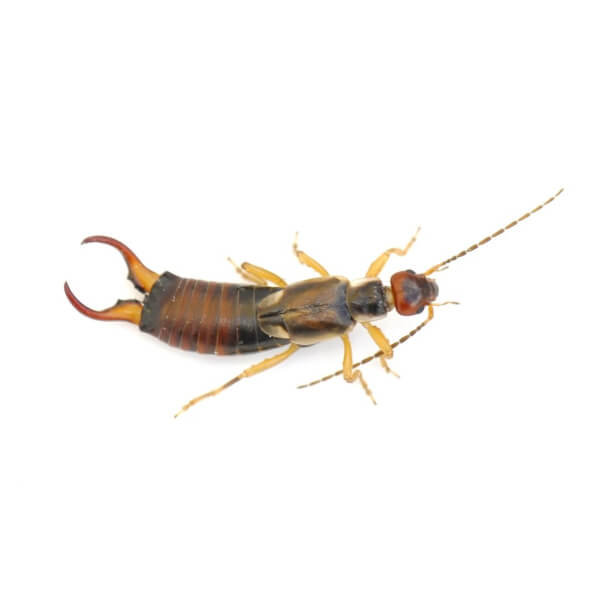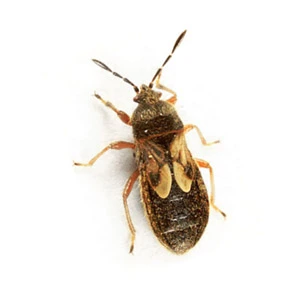Earwigs in McAlpin
Earwigs got their name from the myth that they crawl into sleeping people’s ears and burrow into their brains. In reality, they prefer moist, dark hiding spots during the day and are mostly nocturnal, emerging at night to feed on a variety of insects and plants. They are commonly found in the southern and southwestern United States and tend to hibernate in winter. When outside conditions become too dry, hot, or cold, earwigs may seek shelter inside homes. These adaptable insects can be a nuisance when they find their way indoors, often congregating in bathrooms, kitchens, and basements.
Earwig Habitat
Earwigs thrive in moist, dark environments, often seeking out cool and damp hiding spots during the day. Commonly found under logs, rocks, and leaf litter in gardens and wooded areas, they favor places with ample moisture to prevent dehydration. Around homes, earwigs are frequently discovered in flower bed mulch, beneath potted plants, and in the crevices of foundations and siding. Indoors, they are typically found in basements, bathrooms, and kitchens, where humidity levels are higher. Their nocturnal nature drives them to emerge at night in search of food, making these damp habitats essential for their survival.
Earwig Behaviors, Threats, or Dangers
Earwigs don’t bite humans or spread diseases, but they can pinch. Their pincers are not usually strong enough to break the skin, though a pinch can still hurt. For the most part, earwigs are nuisance pests during spring and summer. In gardens, they can create irregular holes in leaves and flower blossoms. Earwigs can enter homes through gaps and cracks in siding and foundations or by hitching a ride on items such as potted plants, firewood, or cardboard boxes moved from outside to inside. Once indoors, they seek out damp, dark areas like basements, bathrooms, and kitchens. Their presence can be particularly troublesome during periods of high humidity or after heavy rains.
If you are dealing with excess earwigs on your property, contact a local pest control professional.
Need help with Earwig control?
Leave your information below and we’ll be in touch with a FREE quote!
"*" indicates required fields
*During normal business hours. After hours calls will be returned the next business day.


